Physicists at Princeton stumbled upon a mysterious quantum pattern hidden in twisted graphene — something theorized nearly 50 years ago but never seen before. What they found wasn’t part of the plan… and it looks like a butterfly.
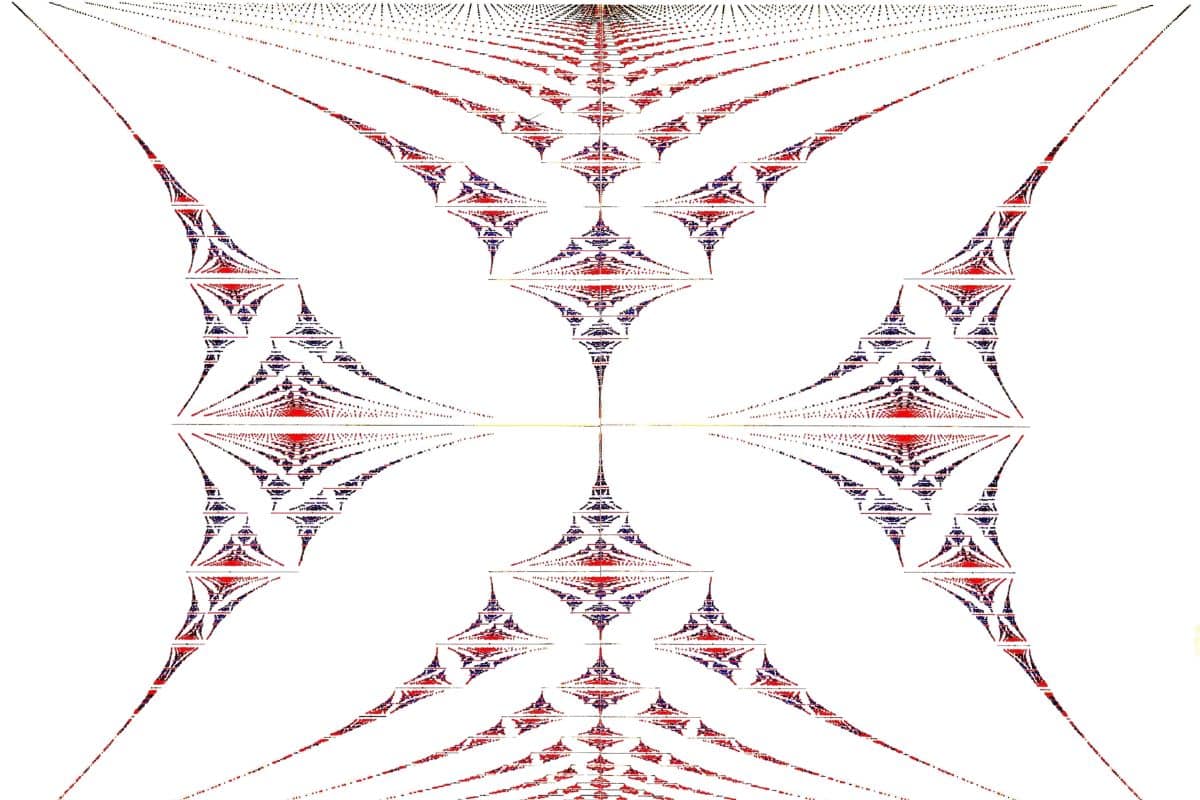

Phase changes are central to the world around us. Probably the most familiar example is when ice melts into water or water boils into steam, but phase changes also underlie heating systems and even digital memory, such as that used in smartphones.
Triggered by pulses of light or electricity, some materials can switch between two different phases that represent binary code 0s and 1s to store information. Understanding how a material transforms from one state or phase to another is key to tailoring materials with specific properties that could, for instance, increase switching speed or operate at lower energy costs.
Yet researchers have never been able to directly visualize how these transformations unfold in real time. We often assume materials are perfect and look the same everywhere, but “part of the challenge is that these processes are often heterogeneous, where different parts of the material change in different ways, and involve many different length scales and timescales,” said Aaron Lindenberg, co-author and SLAC and Stanford University professor.

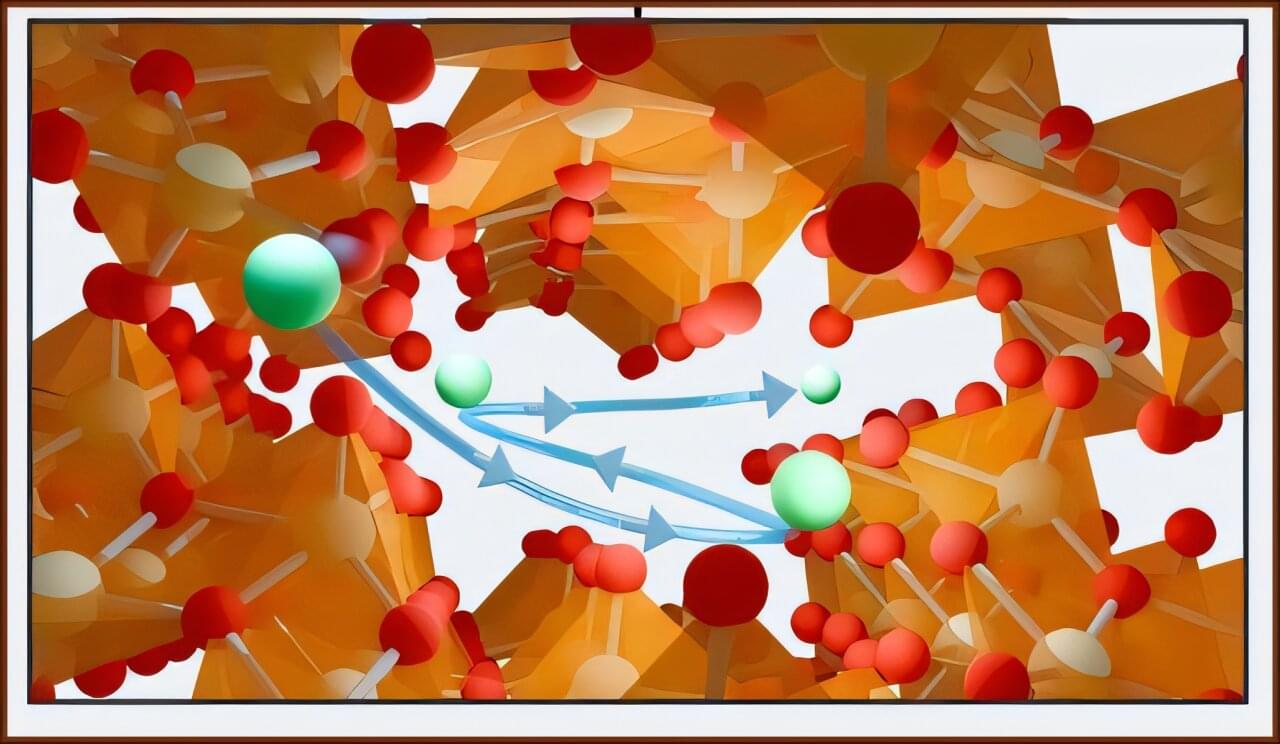
Lithium-6 is essential for producing nuclear fusion fuel, but isolating it from the much more common isotope, lithium-7, usually requires liquid mercury, which is extremely toxic. Now, researchers have developed a mercury-free method to isolate lithium-6 that is as effective as the conventional method. The new method is presented in the journal Chem.
“This is a step towards addressing a major roadblock to nuclear energy,” says chemist and senior author Sarbajit Banerjee of ETH Zürich and Texas A&M University. “Lithium-6 is a critical material for the renaissance of nuclear energy, and this method could represent a viable approach to isotope separation.”
The conventional method used to isolate lithium-6, called the COLEX process, involves liquid mercury and has been banned in the United States since 1963 due to pollution concerns.

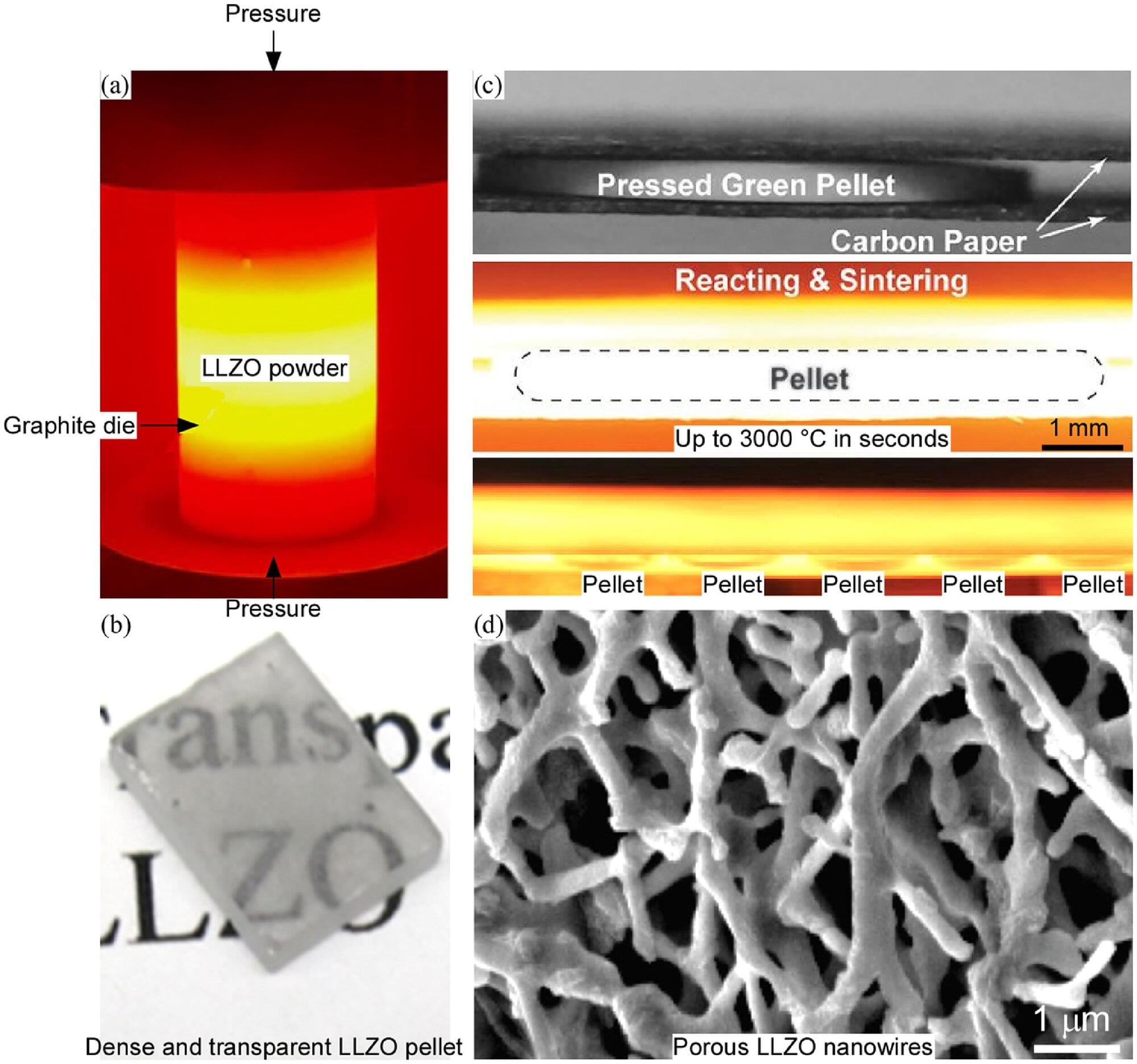
A recent study evaluating garnet-type solid electrolytes for lithium metal batteries finds that their expected energy density advantages may be overstated. The research reveals that an all-solid-state lithium metal battery (ASSLMB) using lithium lanthanum zirconium oxide (LLZO) would achieve a gravimetric energy density of only 272 Wh/kg, a marginal increase over the 250–270 Wh/kg offered by current lithium-ion batteries.
Given the high production costs and manufacturing challenges associated with LLZO, the findings suggest that composite or quasi-solid-state electrolytes may be more viable alternatives. The work is published in the journal Energy Storage Materials.
“All-solid-state lithium metal batteries have been viewed as the future of energy storage, but our study shows that LLZO-based designs may not provide the expected leap in energy density,” said Eric Jianfeng Cheng, lead author of the study and researcher at WPI-AIMR, Tohoku University. “Even under ideal conditions, the gains are limited, and the cost and manufacturing challenges are significant.”
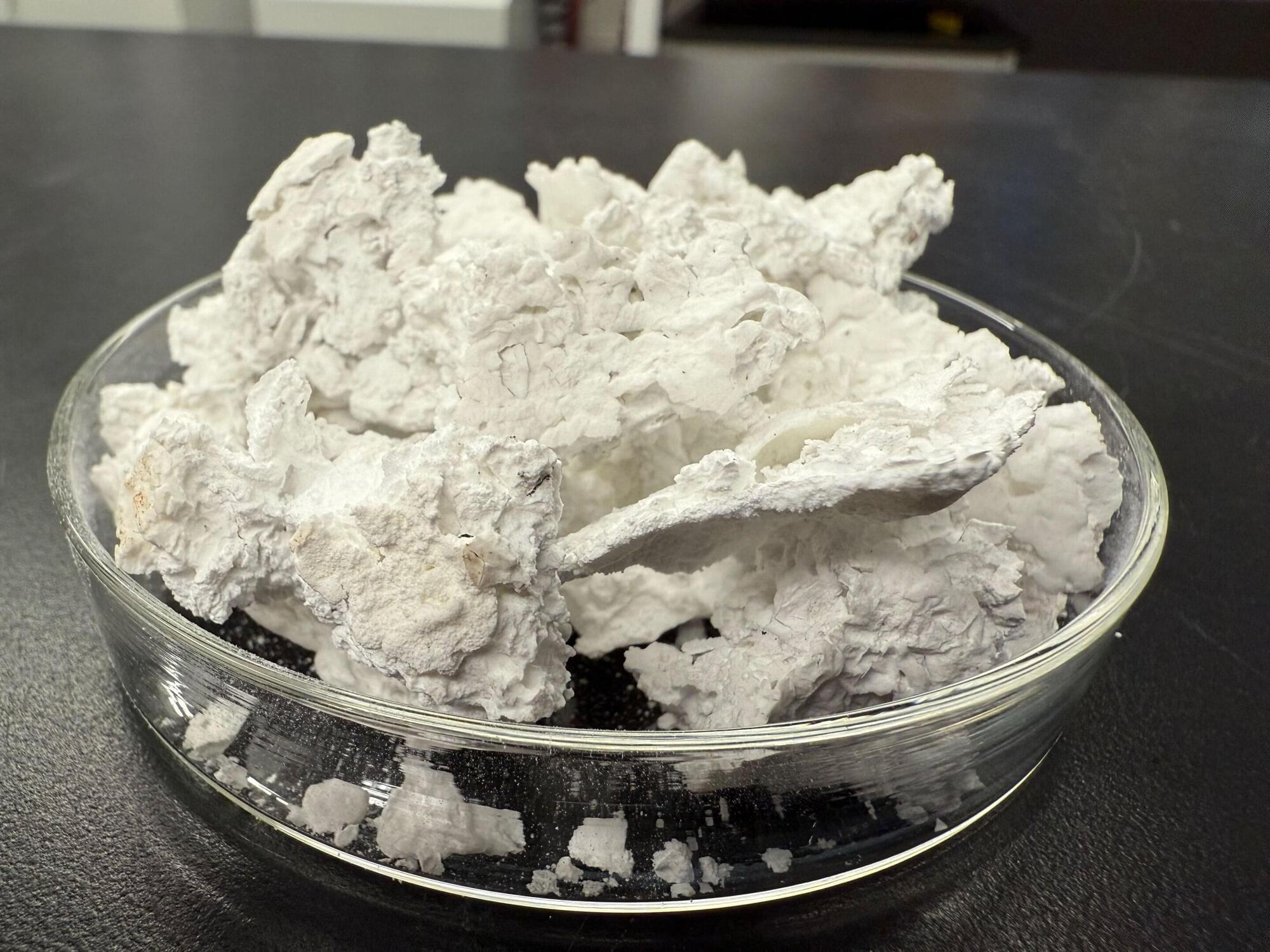
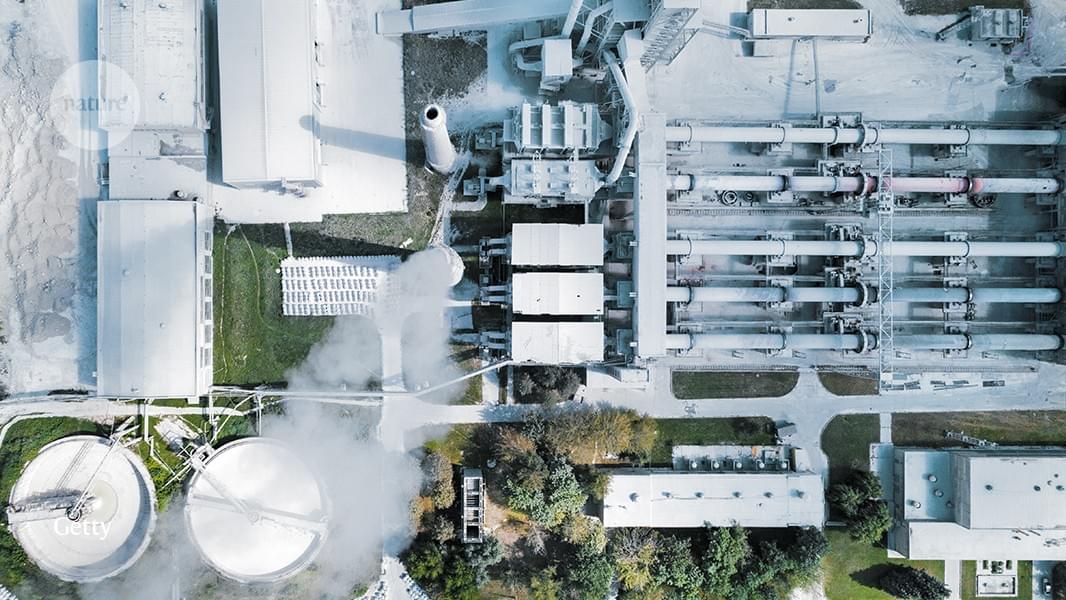
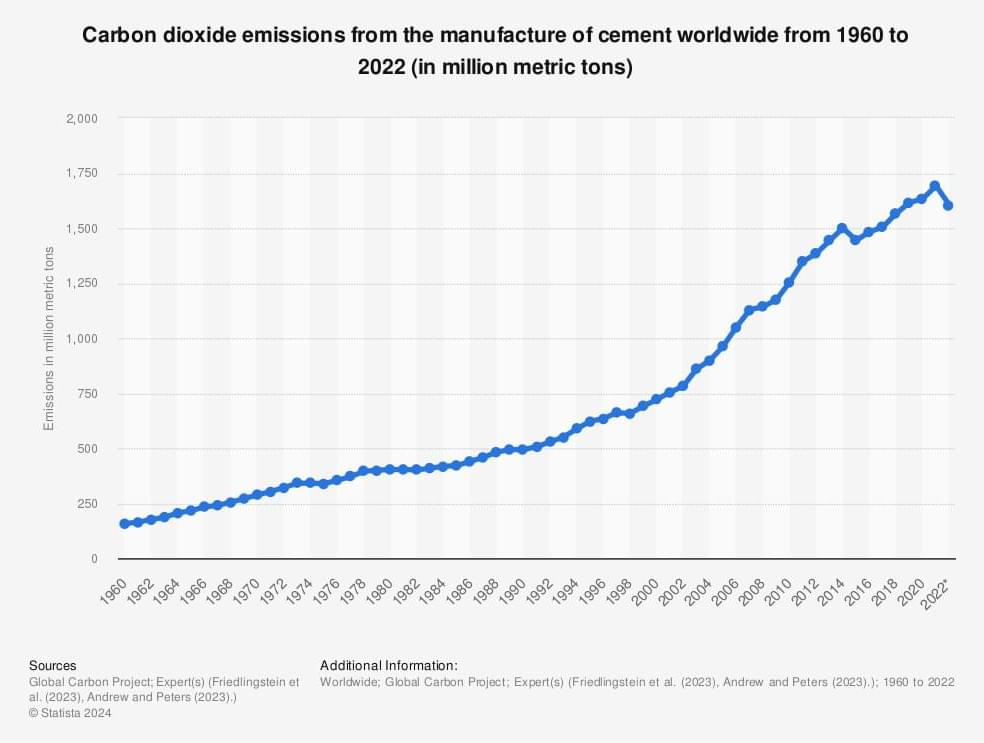
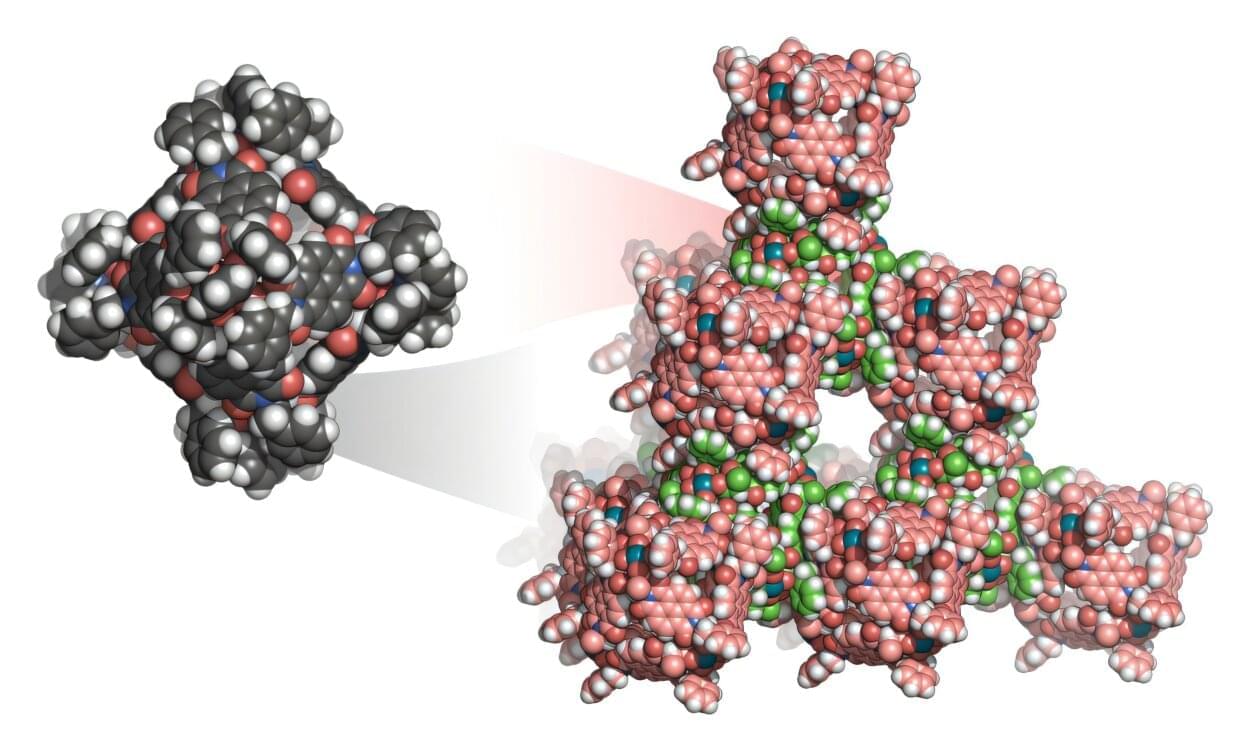
Researchers from Kyoto University have achieved a significant advancement in materials science by developing the world’s first three-dimensional van der Waals open frameworks (WaaFs). This innovation challenges the conventional belief that van der Waals interactions are too weak for open framework materials, demonstrating their potential for stable and highly porous materials.
Published in Nature Chemistry, the study presents a strategy using octahedral metal-organic polyhedra (MOPs) as building blocks to construct WaaFs. These frameworks exhibit high thermal stability, exceptional porosity, and reversible assembly, opening new avenues for applications in gas storage, separation, and catalysis.
WaaFs utilize van der Waals interactions, which were previously considered too weak, to form robust three-dimensional frameworks. These structures maintain their integrity at temperatures up to 593 K and achieve surface areas exceeding 2,000 m2/g, making them highly stable and efficient for various industrial applications.